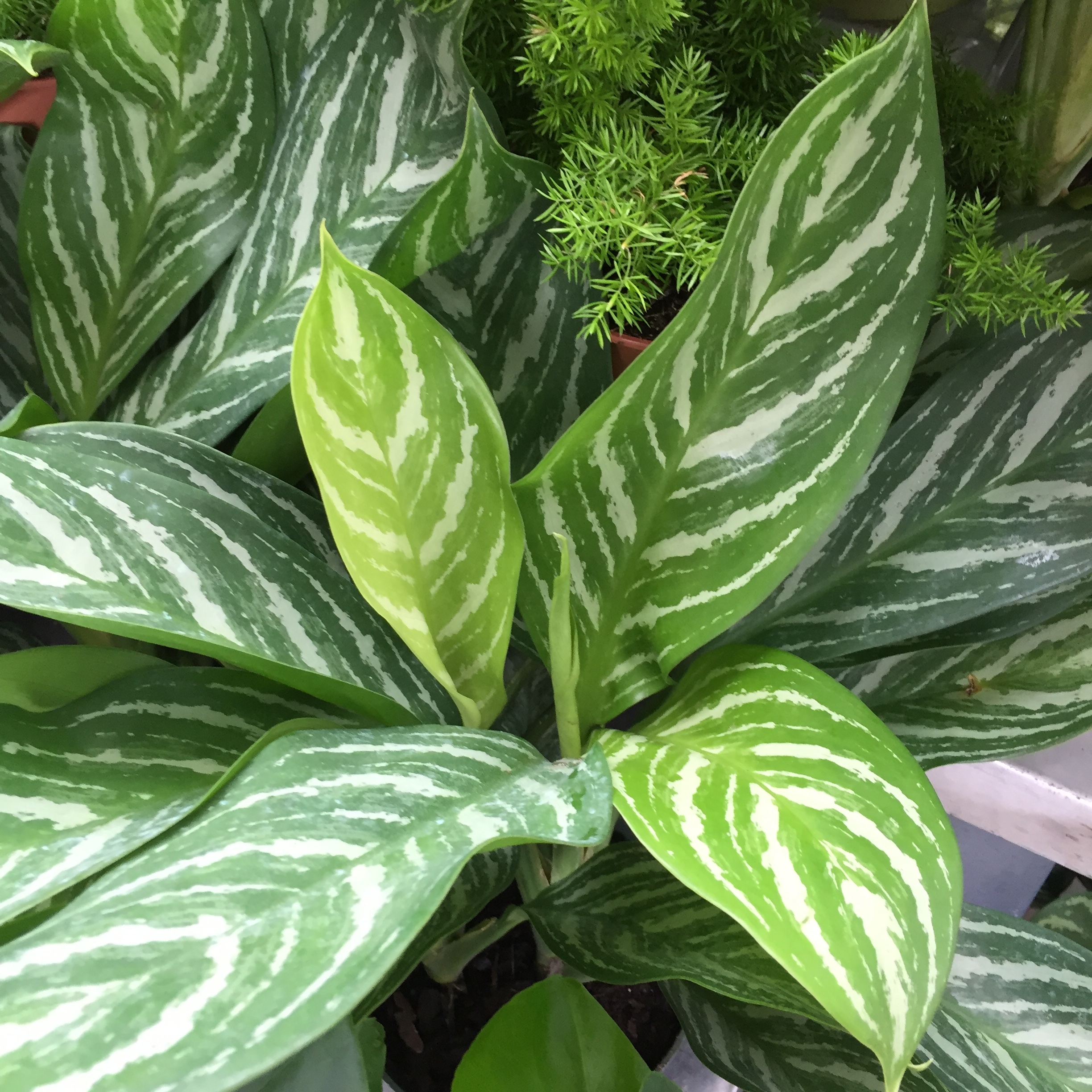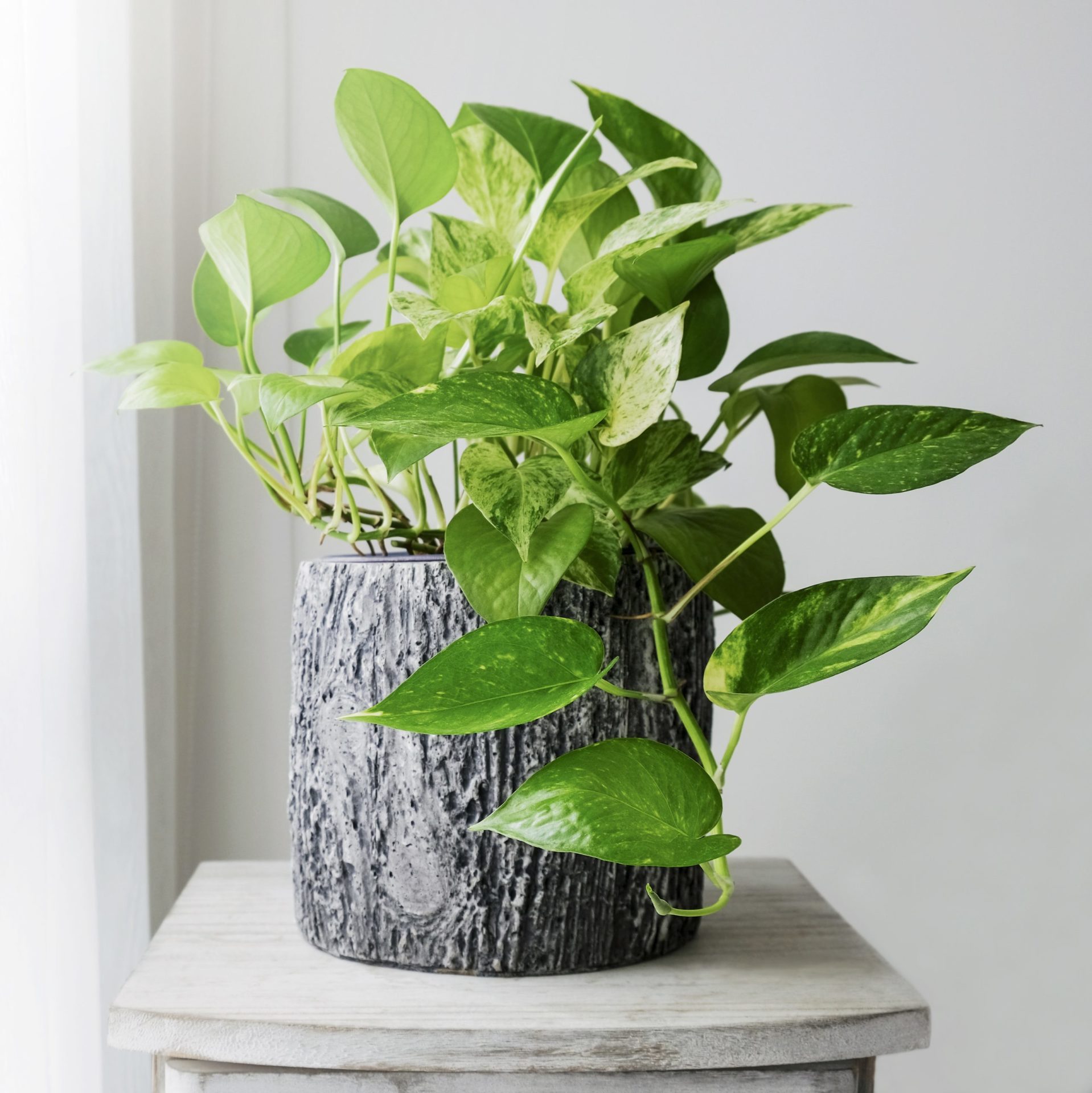Transform Your Living Space with the Best Low-Light Indoor Plants
Uncover the Keys of Low-Light Indoor Plants and How They Improve Your Setting
Low-light interior plants have garnered raising interest for their special capacity to boost both aesthetic appeal and ecological high quality within work environments and homes. These resilient varieties, consisting of the Snake Plant and Peace Lily, not only prosper in difficult lighting problems yet additionally play an essential role in air filtration and psychological well-being. Comprehending the specific advantages and care requirements of these plants can considerably affect your living area. As we discover the complexities of their benefits, you might find insights that could change your surroundings in unanticipated ways.
Advantages of Low-Light Indoor Plants
Although lots of individuals presume that indoor plants require plentiful sunshine to thrive, low-light indoor plants supply a wide range of advantages that make them excellent for different settings. Among the primary benefits is their flexibility; they can prosper in rooms with restricted all-natural light, such as workplaces, cellars, or rooms with tiny home windows. This feature allows people to enhance their surroundings with plant, contributing to boosted looks without the requirement for comprehensive lighting alterations.
Moreover, low-light indoor plants can significantly boost indoor air quality by launching and filtering unsafe contaminants oxygen, making living areas healthier. Study has actually revealed that certain varieties can absorb contaminants, hence advertising a cleaner atmosphere. Additionally, they can boost psychological health by reducing tension and boosting efficiency. The presence of plants has been connected to better feelings of serenity and emphasis.
Moreover, low-light plants usually need less maintenance than their sun-loving counterparts, making them ideal for busy individuals or those new to horticulture. Their resilience enables them to love very little treatment, therefore supplying a fulfilling experience for plant lovers and newbies alike. In summary, low-light indoor plants offer both functional and visual purposes, making them important enhancements to any space.
Leading Low-Light Plant Ranges
Low-light indoor plants can be found in a variety of species, each offering distinct qualities and advantages fit for dark atmospheres. Amongst the most prominent ranges is the Serpent Plant (Sansevieria), understood for its air-purifying abilities and building leaves. This durable plant grows on neglect and can endure a vast array of light conditions.
One more outstanding choice is the ZZ Plant (Zamioculcas zamiifolia), which features glossy, dark environment-friendly fallen leaves and is very drought-tolerant. Its versatility makes it a preferred for offices and homes with restricted sunshine.
The Pothos (Epipremnum aureum) is also a top challenger, with its tracking creeping plants and heart-shaped fallen leaves - Best low-light indoor plants. This flexible plant can be educated to climb or cascade, including visual passion to any type of area
:strip_icc()/philodendron-b37371f3-c7eb0d91eedb4946b5854c08914dc82c.jpg)
Treatment Tips for Low-Light Plants
Looking after low-light interior plants needs a nuanced understanding of their particular needs to make certain ideal growth and vitality. It is crucial to choose the best find this potting mix, as a well-draining soil is important to prevent root rot. A blend created for houseplants, often including peat moss and perlite, functions well for most low-light varieties.
Watering is another vital aspect of treatment. Low-light plants usually require much less frequent watering contrasted to their sun-loving equivalents.
Fertilizing must be come close to with care. Throughout the expanding season, a watered down fluid fertilizer can be used monthly, yet in winter season months, many low-light plants get in inactivity and need little to no fertilization.
Lastly, it's important to periodically clean the fallen leaves to remove dirt, permitting for much better light absorption. By sticking to these care suggestions, you can cultivate a flourishing atmosphere for your low-light indoor plants, improving both their appearance and durability.
Enhancing Air Quality With Plants
Interior plants play a considerable duty in boosting air high quality within homes and office. Via the procedure of photosynthesis, these plants soak up co2 and launch oxygen, adding to a much healthier atmosphere. Furthermore, specific low-light indoor plants have the ability to filter unsafe toxins, such as trichloroethylene, formaldehyde, and benzene, which are generally found in interior atmospheres.

Furthermore, the visibility of interior plants can increase humidity degrees, which helps find minimize completely dry skin and respiratory system problems, better improving overall well-being. This capability to enhance air high quality not just promotes physical health and wellness however likewise supports mental wellness.
Integrating low-light indoor plants right into your living and functioning areas can result in a more invigorating and dynamic environment (Best low-light indoor plants). Purchasing these all-natural air purifiers is a straightforward yet efficient approach for boosting indoor air top quality and fostering a healthier way of living
Creating a Peaceful Indoor Room
The assimilation of plants right into living rooms not only boosts air quality but also contributes to a tranquil environment. Low-light interior plants, such as serpent plants and pothos, are particularly efficient in creating a serene atmosphere, as they thrive in problems that may otherwise be unwelcoming for various other plant. Their rich foliage offers a soothing aesthetic, lowering stress and anxiety and promoting relaxation.
Incorporating these plants into your home or office can stimulate a feeling of peace and well-being. Tactically placing them in areas where you invest considerable time, such as living areas or work areas, enables for an immersive experience with nature, which has actually been revealed to boost state of mind and cognitive feature.
In addition, the mild motion of leaves in feedback to airflow can develop a vibrant aesthetic aspect that enhances the general atmosphere. Think about utilizing a variety of plant elevations and textures to include depth and passion to your space. With thoughtful placement and care, low-light interior plants can change any type of location into a calm shelter, cultivating not only visual contentment yet additionally psychological and mental wellness.

Conclusion
Including low-light indoor plants right into numerous atmospheres returns considerable benefits, including improved air high quality and improved visual allure. The transformative power of low-light plants emphasizes their worth in improving both domestic and work settings.
Although numerous individuals presume that indoor plants call for plentiful sunlight to grow, low-light interior plants supply a wide variety of benefits that make them suitable for different atmospheres.Furthermore, low-light indoor plants can substantially boost interior air quality by releasing and filtering system hazardous contaminants oxygen, making living areas healthier. Additionally, particular low-light indoor plants possess the ability to filter harmful pollutants, such as benzene, formaldehyde, and trichloroethylene, these details which are typically discovered in interior environments.
Low-light interior plants, such as snake plants and pothos, are especially effective in developing a serene environment, as they thrive in problems that might otherwise be inhospitable for other greenery.Integrating low-light indoor plants right into different settings returns significant benefits, consisting of enhanced air quality and enhanced aesthetic appeal.